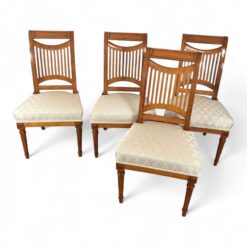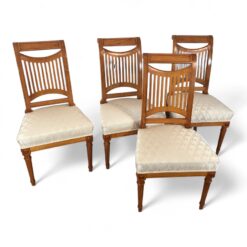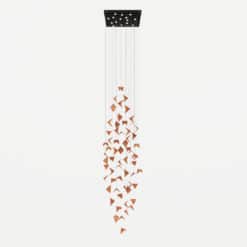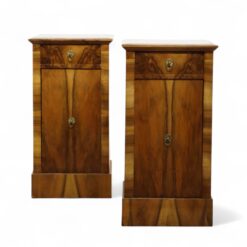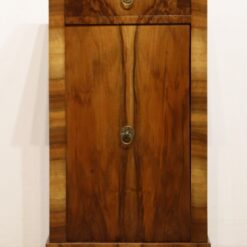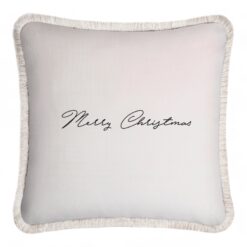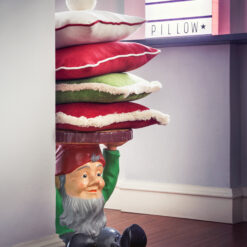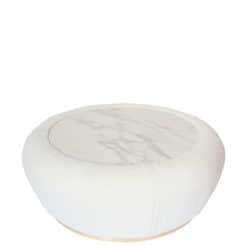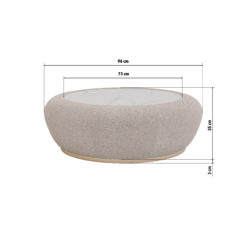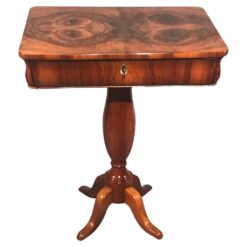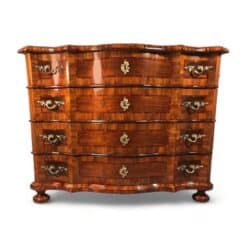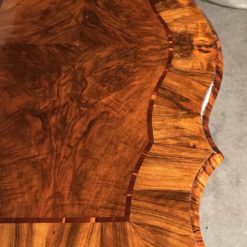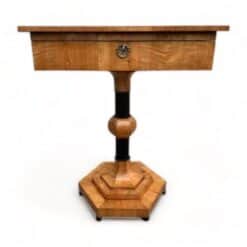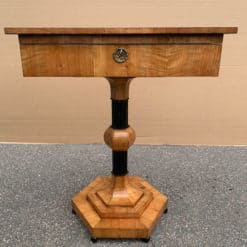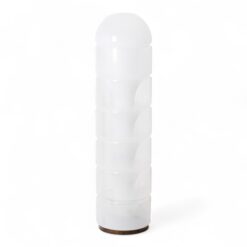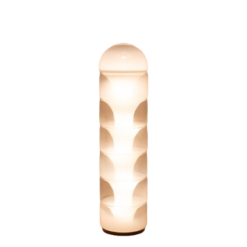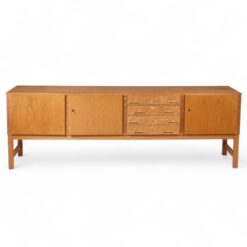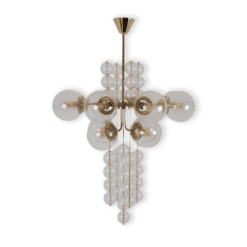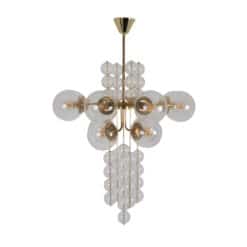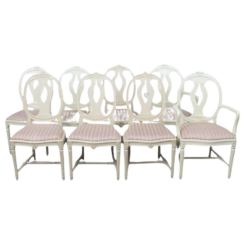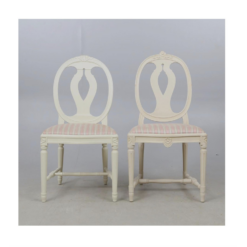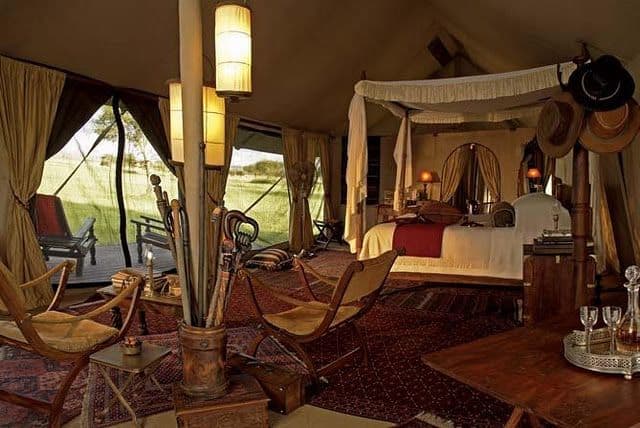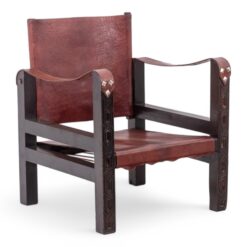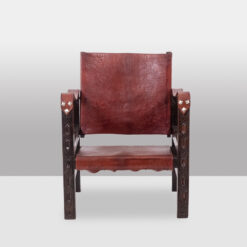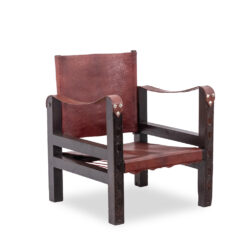Best Sellers
Furniture, Styylish History
Empire on the Road: A Brief History of Campaign Furniture
Campaign furniture showcased the wealth and influence of history’s greatest Empires. The campaign style made use of ingenuous construction to provide both comfort and ease of travel.
British officers made no small efforts to flaunt their power and stay comfortable when away from England. After all, they were representatives of the world’s most powerful cultural and economic force of the 19th century.
The entourage that accompanied Lord Auckland, the Governor of India, on a journey to Calcutta in 1837 must have been awe-inspiring. He travelled with 60 horses, 140 elephants, over 200 baggage camels, and 12,000 camp followers. And he brought his furniture along.
Roman Origins

The origins of travel furniture, or campaign furniture, lie in the military campaigns of Julius Caesar. The Roman dictator was known to carry elaborate furnishings on his month-long military campaigns and journeys
From foldable work chairs and desks to portable wooden mosaic floors, the interior of a Roman general’s tent would have been lavishly decorated. In order to simulate the comforts of home while on the move, those furnishings needed to be easy to pack up and transport. A prominent example was the curule seat, the traditional chair of Roman magistrates and field commanders, which could be folded up for transportation.
Victorian Splendor
That very same mentality inspired the imperial grandeur of British campaign furniture in the 19th century. Perhaps hoping to emulate the splendors of Rome, British generals and colonial officials sought to simulate a palatial feel on the road. The lavish palaces of 18th century European monarchs inspired the desire for public comforts of global representatives.
Brass corners and other elements of brass hardware were common additions to campaign chests and other campaign furniture. They provided stability and decor, ensuring that even the most elaborate pieces would suffer no damage on difficult journeys. Most chairs were either foldable or featured removable feet.
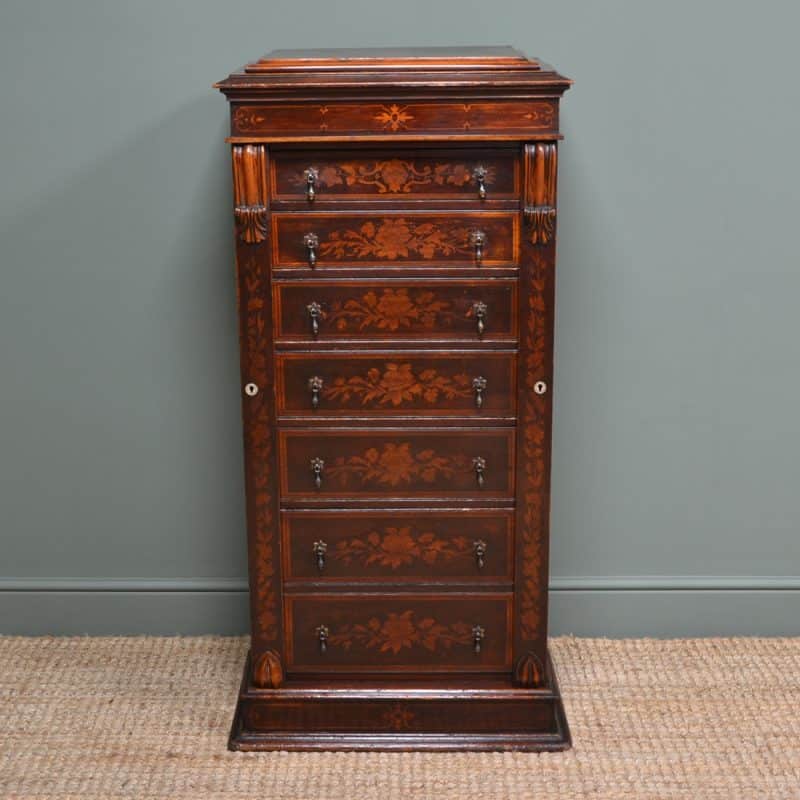
The Wellington Chest is an early example of Victorian campaign furniture. It is a chest of drawers named for the Duke of Wellington, who defeated Napoleon Bonaparte at the Battle of Waterloo in 1815. Tall and narrow, with anywhere from six to twelve drawers, the Wellington Chest could transport an entire closet’s worth of items. Often, a Wellington Chest came with exactly seven drawers, one for each day of the week.
Napoleon was also known for traveling in style. He boasted various military chests, folding seats, and “washstands in three tiers resting on metal supports” in his campaigns that crisscrossed the European continent. Napoleon also used a version of the curule seat, an explicit connection to the rulers of the Roman Empire and their portable power.
Expansion of Campaign Furniture
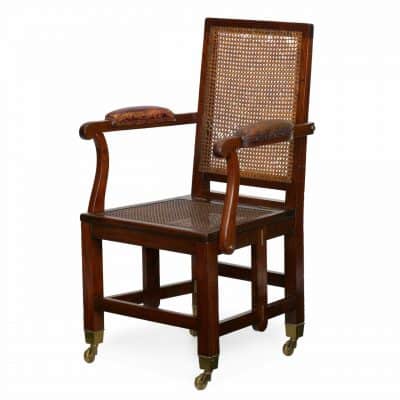
High-ranking officers in the British Empire soon began commissioning their own unique campaign furniture. The conversation around furniture became competitive, a battle of taste and success between colleagues.
Because of the sense of furniture competition, the mid-19th century saw a great increase in demand for campaign furniture. In the latter half of the century, over 85 manufacturers of campaign furniture were active in the London area alone. That period also saw campaign furniture growing increasingly unique and opulent.
Colonizing officers more and more often encountered intense heat in the Indian and African countryside. Because of those conditions, campaign furniture increasingly began to incorporate cross-hatched wicker cane pillows instead of heavy cloth or leather, to improve airflow.
The End of Battlefield Luxuries
It was not until the Boer War of the early 20th century that military campaigns increasingly came to rely on flexibility and agility. The portable but elaborate and heavy campaign furniture had defined the slow-moving wars and month-long military campaigns. But that style of battle and travel fell out of fashion.
All over Europe, opulence made way for simplicity after World War I. With the fall of the last absolute monarchies, the classical notion of Empire became history. Artistic tastes tended towards the practical, the realist, and the popular.
The Modernist movement, which acknowledged the rapidly changing industrial world, made ornate furniture seem tacky and obsolete. But the practical nature of campaign furniture would come to play a major role in 20th century furniture design.
Legacies of Campaign Furniture
Practical styles met a focus on craftsmanship, as the American Mission Style and Modern European design placed joint emphasis on simplicity. The Wicker cane used for tropical campaign furniture in the Victorian area also resurfaced mid-century, with a focus on simple horizontal and vertical lines. You can also find the legacies of that tradition in elegant contemporary patio furniture.
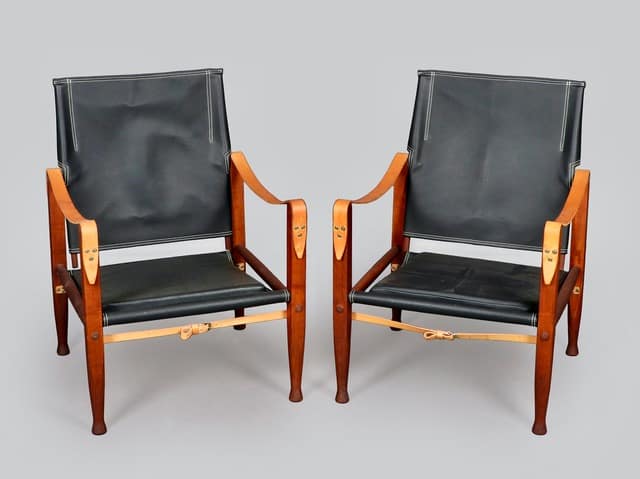
Danish Furniture Designer Kaare Klint launched his Safari Chairs in 1933. Klint’s chairs, named for the exotic travel furniture, incorporates numerous features inspired by the style of campaign furniture. Decorative leather straps and leather seats and seat-backs define these remarkable pieces.
Klint notably modernizes and simplifies the ornate furniture of a Victorian battle commander. He finds aesthetic comfort in simple lines and shapes, unlike the ostentatious furniture he drew inspiration from. Check out these Mid-Century armchairs designed by Klint, available now on Styylish. And for more on the history of Danish furniture design, and how Klint figures into it, check out our Styylish blog post from 2019.
In many ways, we have re-discovered and repurposed the comforts of campaign furniture in the present day. From camping gear to beach chairs, we have access to easy travel comforts that common Victorian soldiers could only have dreamed of. But nothing can rival the absurd sight of 140 elephants carrying British wardrobes through the Indian countryside.
Why not lend refinement to your modern space with an object of deep historical legacy? You could bring a piece of campaign furniture from the Styylish catalogue into your home today (Elephants not included)!

